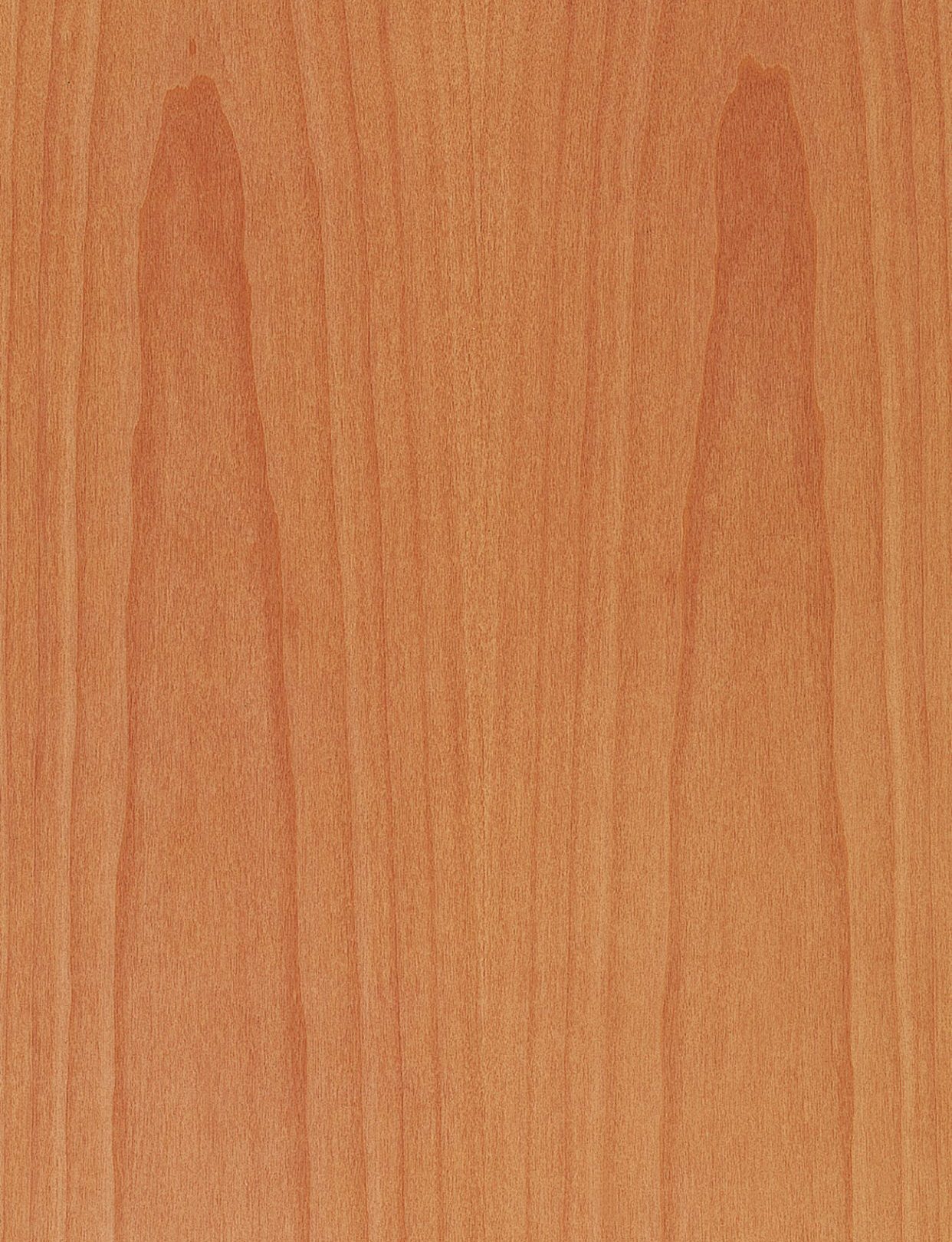
European Maple
Acer plantanoides

Trade Names
European Maple
Origin
Europe
Range
Has almost the same distribution area as the Sycamore. However, to the north as far as Norway but not so far to the south.
Uses
Earlier preferred for peeled veneer but today also produced as sliced veneer. It is then steamed to produce a warm, reddish color similar to the Swiss Peartree. Used in furniture and for interiors. Used especially in wagon and automobile body work. Popular as a carving wood. Preferably used as substitute for Swiss Pear in both the lumber and veneer industries.
Properties
Rather similar in texture and color to a Sycamore, only slightly darker. Often with curly or wavy grain. Frequently with nubs and blisters, in extreme cases with clusters like Sycamore.
Machining
Machined in the same way as forest sycamore. Its specific properties are generally less desirable than those of the Sycamore species.
Seasoning
Drying calls for increased care since the wood has a very strong tendency to check and warp. Color changes can occur when improperly dried.
Finishing
Maple is excellently suited for polishing and staining. UV-resistant varnish is to be recommended to prevent premature yellowing.
Jointing
Wood joints are easy to produce with glue, screws and nails, all of which are very durable. Pre-drilling is recommended for screw joints.

